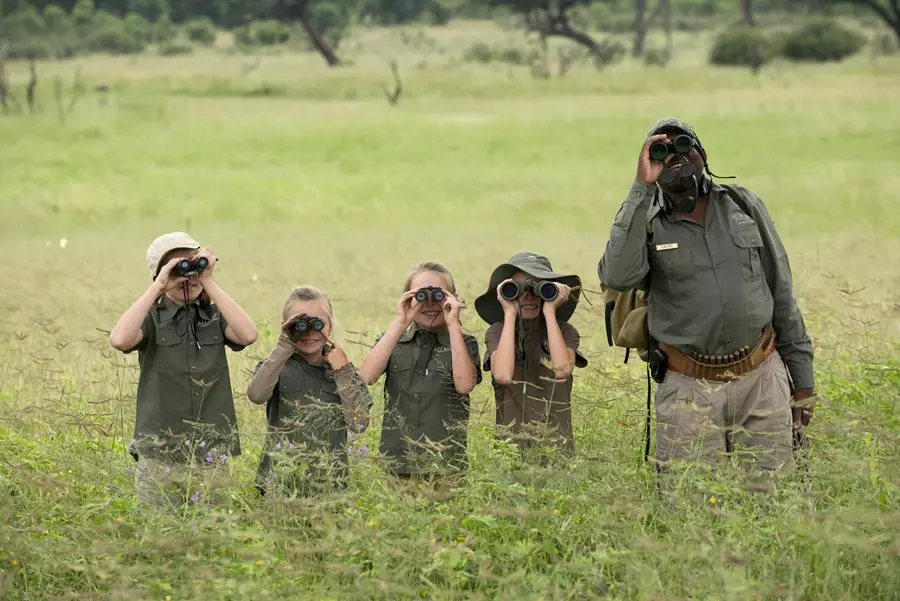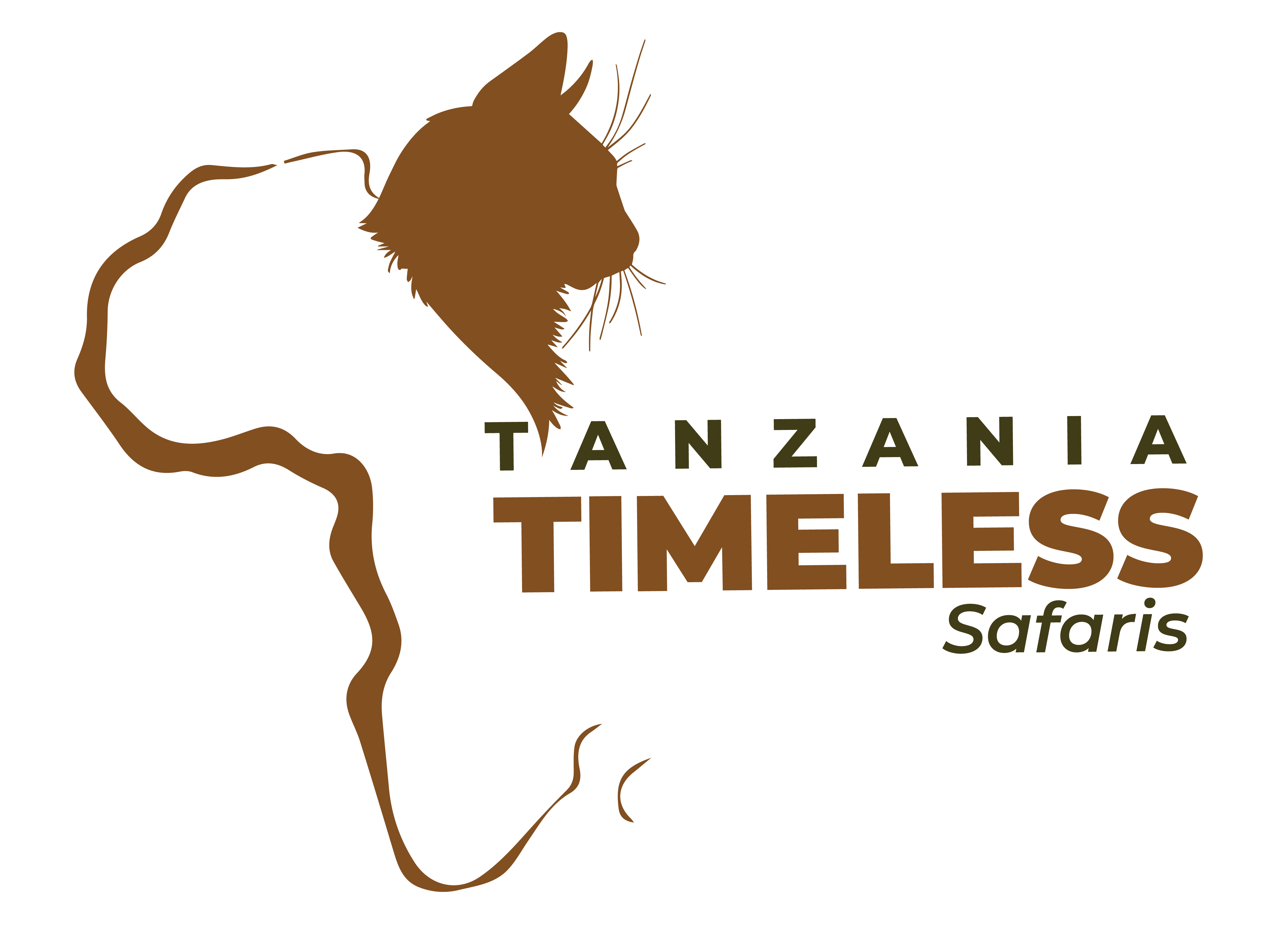TANZANIA IN JANUARY
Tanzania in January Weather and Travel Tips-This period is synonymous with lesser crowds and optimal wildlife sights, enchants with diverse landscapes and a mellow sun revealing Mount Kilimanjaro’s splendor. Seek solace in Serengeti’s vivid life, or balmy dips in Zanzibar’s golden beaches. Culturally rich and scenically stunning, Tanzania in January gifts visitors perspective-altering experiences.
Let’s Help You Plan
Tanzania In January: Weather And Travel Tips.
Tanzania In January- Weather and Travel Tips- Are you planning an adventure in Tanzania in January and are curious about the climate conditions? Look no further! Here, you’ll find details about January weather in Tanzania.
January is part of Tanzania’s rainy season, lasting from November to April, so showers are common. However, the climate can vary greatly by region. Key tourist areas such as Arusha and the Serengeti National Park are warm and humid in January. Temperatures typically range from 20 to 30 degrees Celsius (68 to 86 degrees Fahrenheit), making it one of the hottest months.
The rainy season brings short rains, usually quick late afternoon or evening showers. While this could temporarily disrupt outdoor plans, it also enhances wildlife activity, appealing to nature lovers. Notably, January marks the spectacular Great Wildebeest Migration in the South Serengeti National Park.
For safari enthusiasts, the wet season provides an exciting time to visit. Rain adds a thrilling element to your safari, and abundant water transforms landscapes into vibrant scenes. Keep in mind that heavier rains, known as long rains, usually happen between March and May, so choosing January helps you avoid them.
January weather typically includes a mix of sunny spells and occasional rain. It’s wise to pack a rainproof jacket alongside light, breathable clothing for warm periods.
If your main goal in Tanzania is a safari, optimal wildlife viewing is generally from June to October during the dry season. However, January also offers excellent wildlife spotting, and with fewer tourists than peak times, you can experience a more intimate adventure.
In conclusion, Tanzania’s January weather is warm and moist, with periodic showers throughout the month. The short rains refresh the landscape, creating a perfect setting for nature enthusiasts.
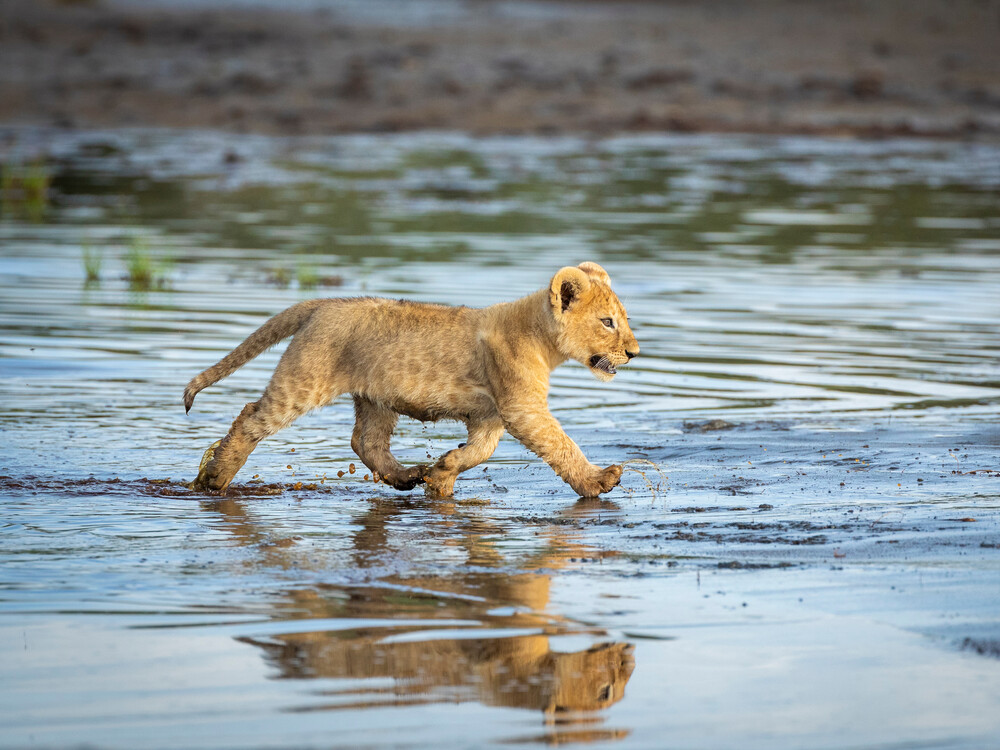
Tanzania Weather In January: Know Before You Go.
During the month of January, climate conditions across different regions in Tanzania show distinct variances. Coastal locales such as Dar es Salaam and Zanzibar typically see daytime temperatures in the range of 28°C to 32°C, which drop to between 23°C to 25°C in the evenings. The Northern Safari Circuit, which includes areas like Arusha, Serengeti, and Ngorongoro, experiences a temperature range of 25°C to 28°C during daylight hours, falling to a cooler 13°C to 20°C after sunset. The southern and western regions of Tanzania, inclusive of places like Selous and Ruaha, generally observe higher daytime temperatures – about 30°C to 35°C, which lower to about 20°C to 25°C at night.
The balmy weather and verdant surroundings in January are perfect for indulging in wildlife tracking, photography, or outdoor activities such as trekking or coastal outings. To ensure a comfortable stay, we recommend carrying lightweight, breathable clothing, sunblock, bug spray, and a variety of warm layers to accommodate cooler mornings and nights.
Tanzania Wildlife and Safari Experience In January
January is an opportune time for safari in Tanzania, especially for those keen on experiencing the iconic Great Wildebeest Migration. Kickstarting the year with the wildebeest calving season in the southern Serengeti, thousands of wildebeest calves come into the world each day during this period. This spurs predatory activities from creatures like lions and cheetahs, offering numerous chances for exhilarating wildlife encounters.
In the Southern Circuit of Tanzania, parks such as Ruaha and Nyerere (previously known as Selous), the landscapes in January are exceptionally green and teeming with wildlife. Given the lower levels of tourism during this month, game viewing experiences are far more private and personal. Over on the Western Circuit, locations such as the Mahale and Katavi National Parks offer unique safari experiences tucked away from the masses, making January the perfect month to venture into these hidden havens.
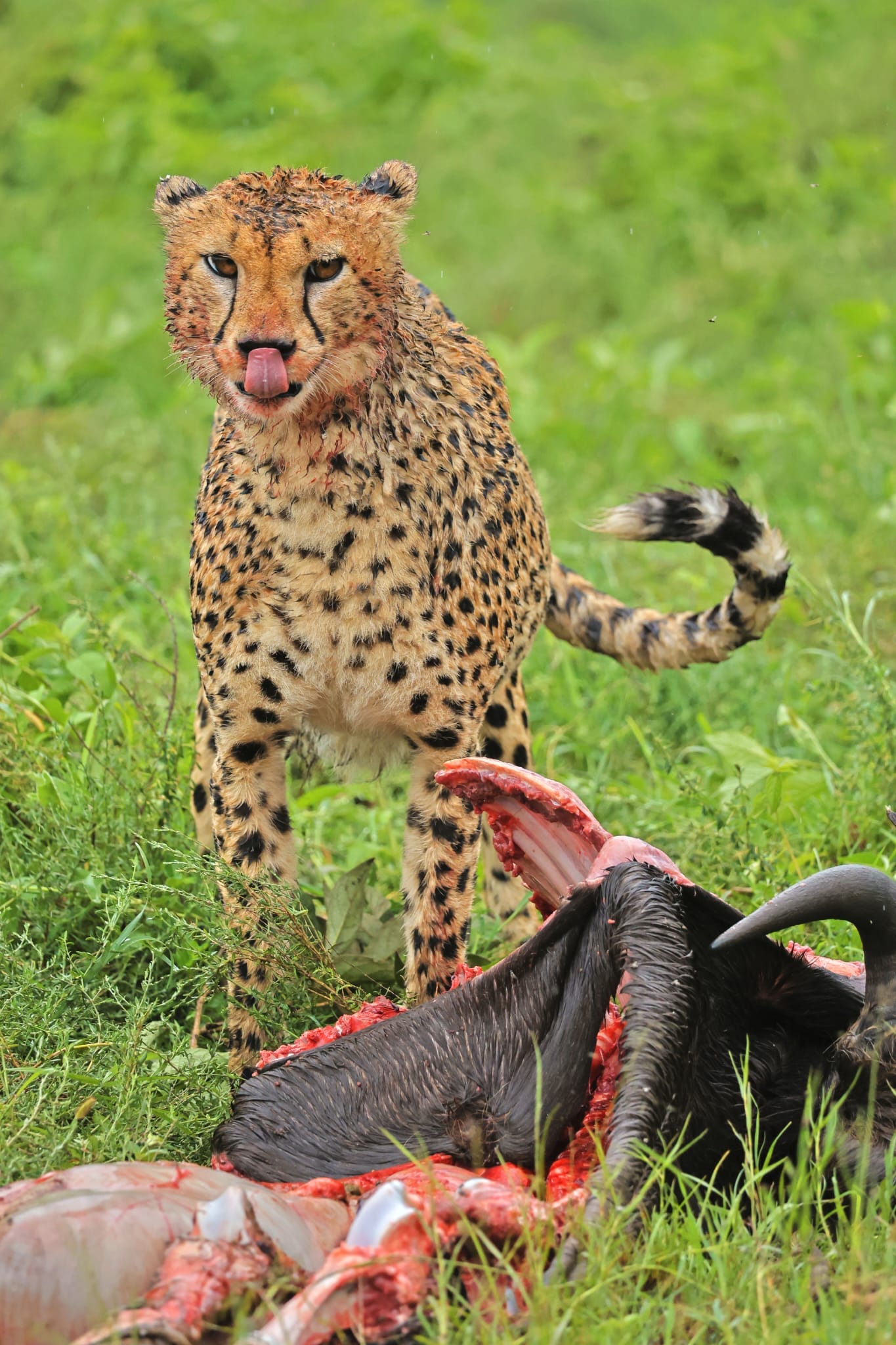
Where to See The Great Migration In January?
In the freshness of January, the vast plains of Southern Serengeti, notably the Ndutu and the Ngorongoro Conservation Area, become the bustling maternity wards for the monumental phenomenon known as the Great Wildebeest Migration. Hundreds of thousands of these noble creatures gather in these areas, transforming the landscape into the cradle of life as they bring forth new generations.
A safari in January offers the compelling spectacle of the migratory cycle’s calving season, a tableau of life, survival, and the sheer power of Mother Nature that leaves nature enthusiasts and safari lovers in awe. Engage yourself fully in the grandeur of Africa’s beasts, whether you plan to explore the vicinities through a guided drive, enjoy a panoramic view from a hot air balloon, or walk amidst the wilderness. Every corner offers unmissable moments where life unfolds vividly in front of your eyes in the Great Wildebeest Migration. A truly majestic encounter to add to your book of vivacious traveling tales.

Visiting Zanzibar In January
Zanzibar is a vibrant tapestry of immaculate beaches, crystal-clear water bodies, and lively cultural exchanges, pulling globetrotters throughout the year. January in particular, with its tropical warmth, sultry nights, and sparse rainfall, enhances the allure of this island, making it a go-to locale for devotees of sun, sand, and sea.
Zanzibar guarantees a potpourri of fascinating experiences to cater to an array of preferences among guests. Whether spent lazing on pearly beaches, discovering marine life beneath the waves in the coral reefs or exploring the ancient architectural wonders in Stone Town, every moment in Zanzibar is a piece of memory worth treasuring.
The enchanting Wanyambo Festival takes center stage in January, as the island vibrates to the rhythm of authentic dance, music, art, and culinary delights. This exuberant celebration flaunts the island’s cultural tapestry and offers an immersive journey for visitors to interact with locals, and appreciate the depth of Zanzibar’s vibrant heritage.
Accommodations in this island paradise suit every budget and taste – from the lavish comfort of exclusive resorts, quaint charm of boutique hotels to the sustainability-themed retreats sprinkled across the island. Whether you want to surrender yourself to indulgence in a lavish beachfront abode, steal romantic moments at a secluded cozy nook, or find solace at an environment-friendly lodge, Zanzibar pledges an idyllic escape. Joyfully surrender yourself to Zanzibar’s picturesque landscape in the blissful month of January, where relaxation meets adventure in their most beautiful forms.
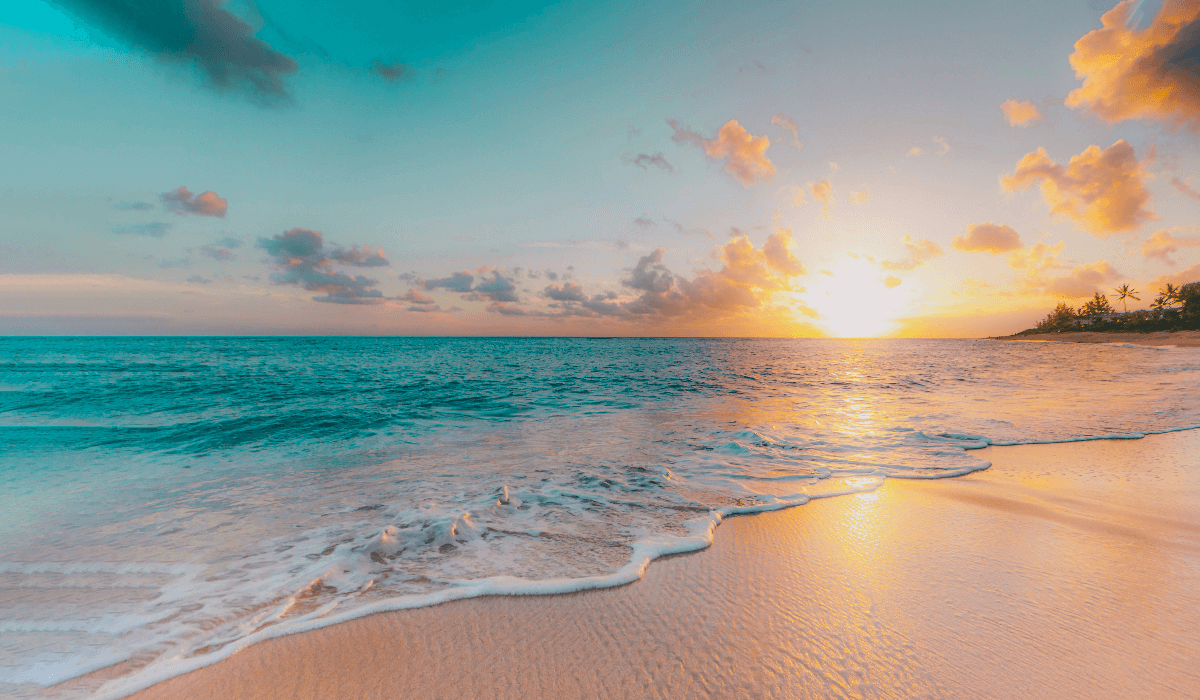
Climbing Mount Kilimanjaro In January
Wearing the crown of Africa’s loftiest summit, Mount Kilimanjaro casts a magnetic charm that lures adrenaline romantics and nature aficionados alike, every season. But when January unfurls, it drapes Kilimanjaro in ideal climbing conditions with plush, clear skies, gentle temperatures, and scarce rainfall – crafting the perfect setting for an exciting ascent.
Prized as one of the warmest periods on the mountain, January provides an ideal milieu for hikers to grapple with the formidable Kilimanjaro. What adds to the lure of this month is the tranquility it offers, with fewer fellow climbers crowding the trail than peak trekking seasons, lending a serene and more immersive expedition.
Mount Kilimanjaro is a mosaic of astounding landscapes and diverse ecosystems, transitioning from verdant rainforests at its foot to the arid deserts nearing the peak. Each day of ascent uncovers a new vignette of mountainous terrain, with constantly changing flora and fauna adorning the wayside. Assisted by a team of experienced guides, porters, and support staff, your January adventure up Kilimanjaro promises to satiate the thirst for triumph against personal challenges, with the added reward of breathtaking views and a treasure trove of unforgettable impressions to stow away.
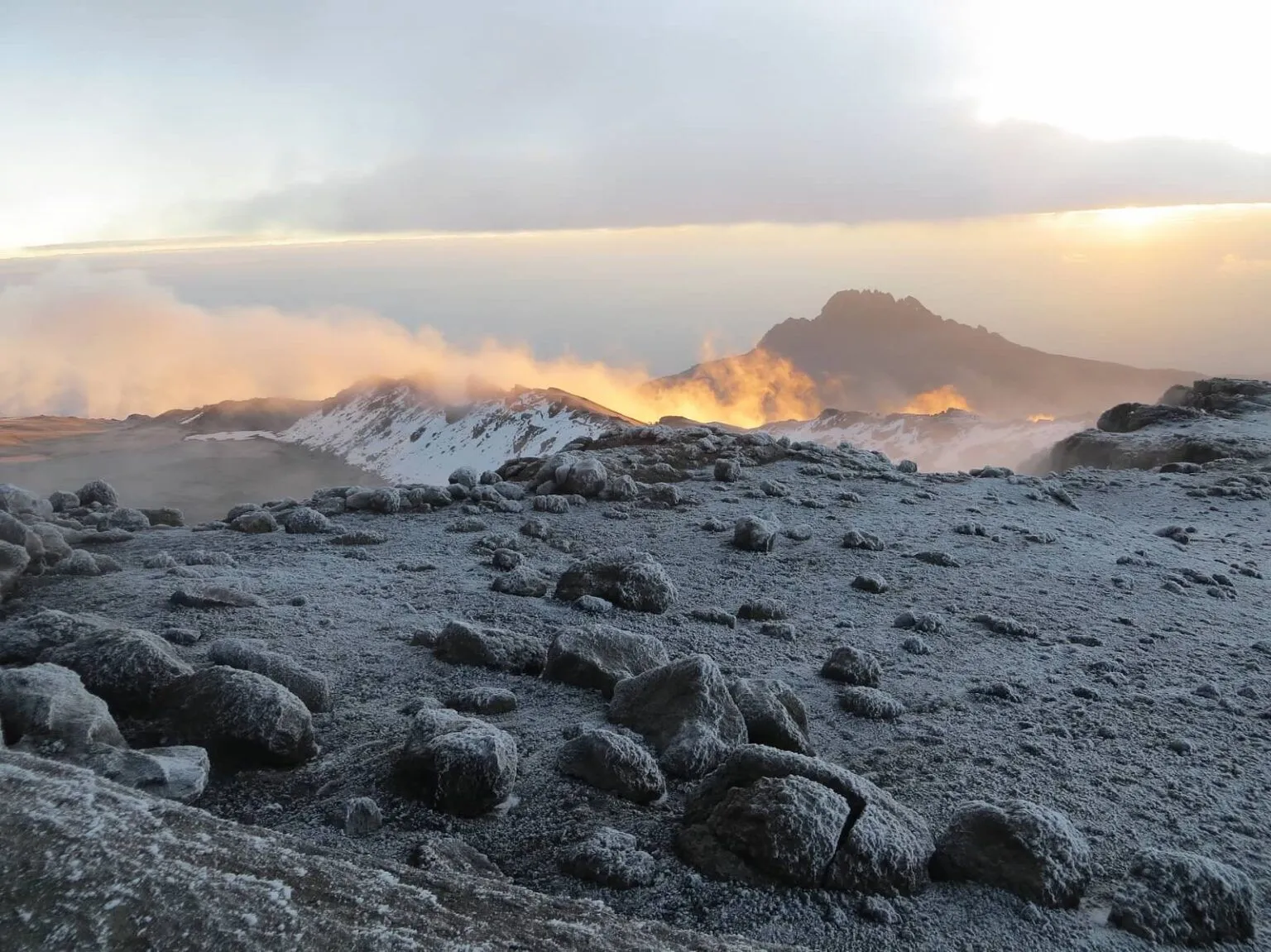
How Much Does Tanzania Safari cost In January?
When organizing a January trip to Tanzania, it’s crucial to factor in the expenses related to lodging, safari adventures, activities, transport, and dining. January marks the peak tourist season in Tanzania, which offers ideal weather and plentiful wildlife views; however, it also means that accommodation and safari package prices are typically higher than during off-peak periods.
The cost of a January visit to Tanzania can vary significantly based on the level of luxury you seek, how long you intend to stay, your accommodation choices, and the activities you wish to partake in. Options range from luxury lodges and tented camps to all-inclusive resorts, each providing varying degrees of comfort, amenities, and services to suit different tastes and budgets.
Safari packages in Tanzania generally cover lodging, meals, guided game drives, park entry fees, and inter-site transportation. Booking your safari tours and accommodations ahead of time is recommended to ensure availability and take advantage of early-bird discounts, special deals, and personalized itineraries tailored to your preferences and interests.
By planning in advance, researching a variety of options, and collaborating with reputable tour operators and travel agencies, travelers can make the most of their budget, enhance their travel experience, and create lasting memories in Tanzania during January. Read our TripAdvisor Reviews
What To Wear In Tanzania in January
When preparing for a safari in Tanzania in January, it’s essential to consider the variable weather conditions and what to wear to make you comfortable. Here’s a breakdown of what to wear for a comfortable and enjoyable experience:
- 1. Light, Breathable Clothing: Opt for lightweight, moisture-wicking fabrics to stay cool during warm afternoons. Neutral colors like khaki, green, and brown are ideal for blending into the natural surroundings.
- 2. Warm Layer for Mornings: Early morning game drives can be chilly, especially in high-altitude areas. Pack a fleece or a light jacket to stay warm until the temperatures rise later in the day.
- 3. Comfortable Footwear: Choose sturdy, closed-toe shoes or hiking boots for walking safaris and uneven terrain. Ensure they are well broken in to avoid blisters
- 4. Sun Protection: The tropical sun can be intense, so bring a wide-brimmed hat, sunglasses, and high-SPF sunscreen to protect your skin from harmful UV rays.
- 5. Rain Gear: January is part of the short rainy season, so pack a lightweight, waterproof rain jacket or poncho. Quick-drying pants and shirts can also be handy.
